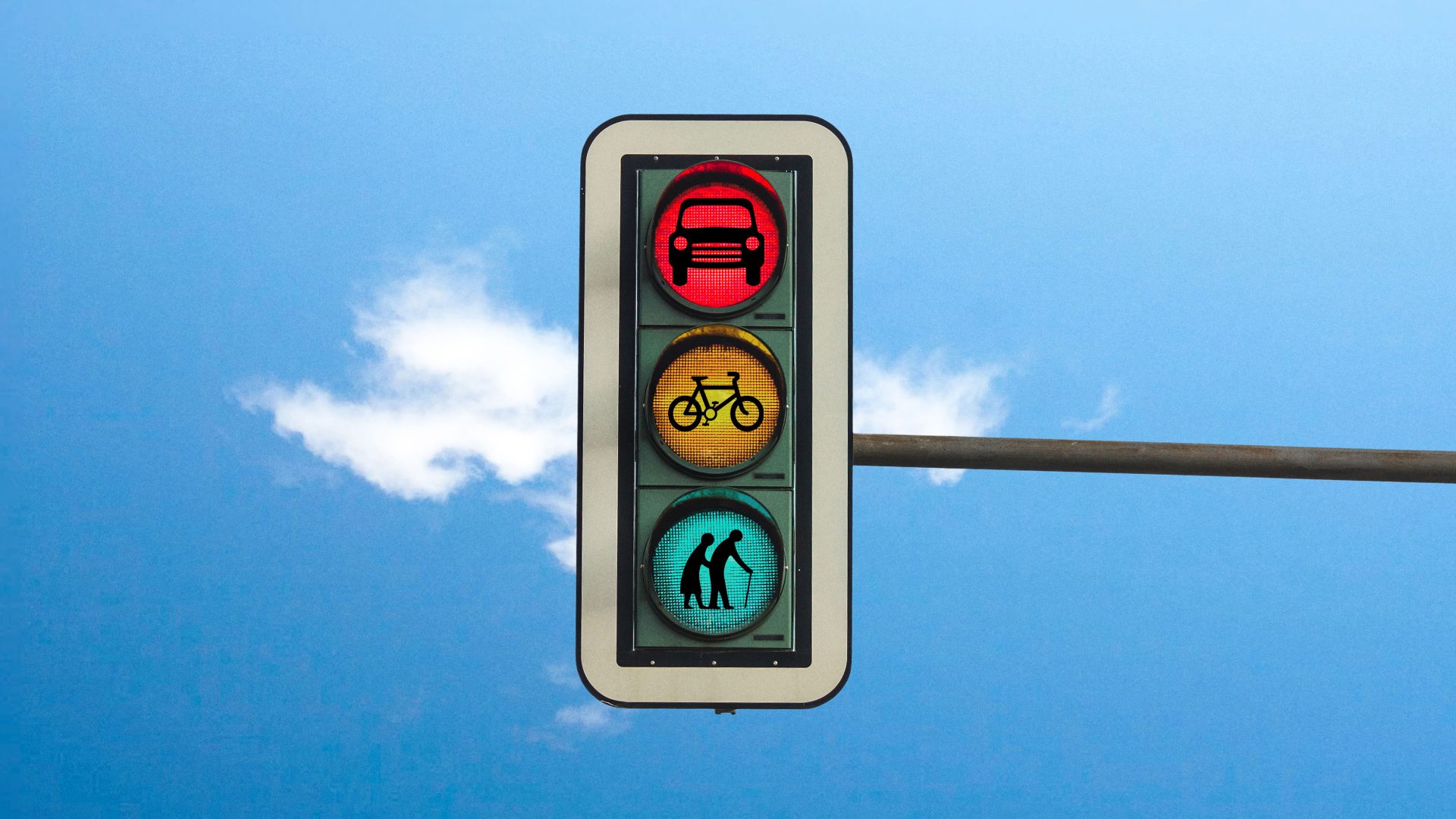I don’t want to remonstrate with a lot of the cyclists who come charging towards me on the pavement because often they’re younger than me, and in this part of the world they’re inclined to get aggressive if challenged. Moreover, given the local demographics, such disputes can easily acquire an unwelcome edge; bluntly, an ageing white man telling off a young black man isn’t a good look. But anyway, it isn’t only a white-black thing, or a man-woman thing, or an old-young one; it’s far more elementally contentious than any of these binaries, because it’s a power thing – a raw power thing. And by power, I mean inertia, velocity, mass… joules. The grim reality of which was brought home this week when a pedestrian was convicted and sentenced to jail for causing the death of a cyclist who was riding towards her on the pavement.
Both were, as it happens, white – and older rather than younger; while it was the 49-year-old woman on the pavement who gestured angrily and swore at the 77-year-old cyclist, causing her – the court determined – to swerve off the pavement and into the roadway where she was hit by a passing car and died. A tragedy – no one is disputing that. Nonetheless, when I read about the case I immediately felt an injustice had been done, because every fibre in my being cries out against the presence of two-wheeled vehicles on mandated walkways.
Again: no one is disputing that this is a terrible tragedy – while technically the walkway concerned allowed for dual use – but in my now lifetime experience, cycles are far more intimidating to pedestrians than vice versa. This is for obvious reasons – the aforementioned inertia, velocity, mass and consequent joules; and if you’re inclined to dispute it – except for the hard cases such as this one that make bad law – I think you must be crazy.
Or possibly one of those indolent drivers, whose spreading rear end has become engrafted with the upholstery of their car seat – because the only people who don’t understand the fraught environment of the contemporary urban British pavement are those who remain entirely in the contemporary British roadway. Not that this is really possible, because the kerb isn’t some kind of Israeli-built barrier around the Gaza Strip – although, that being said, there are plenty of drivers who seem prepared to defend it to the death.
The first extensive survey of the new low-traffic neighbourhood schemes was published last month, and it conclusively proved that they not only reduce the number of motor vehicles using the designated streets – they don’t contribute to more congestion in the surrounding ones. Since the arguments of the motorists and their lobbying groups were precisely that the schemes wouldn’t work in this way, it’s been a blow for those who regard driving their cars wherever and whenever they want as some sort of divine right.
Clearly, people are driving less – and quite possibly feeling frustrated by this fact alone. Or they’re in their cars, hemmed in by the ever-increasing cycle traffic around them in the roadway, and so taking it out on other road users with micro-aggressive behaviours – horn-use, speeding up and slowing down abruptly, cutting across – that can easily turn… macro. Because it’s a Darwinian world out there, one in which it’s the fastest rather than the fittest who are the apex predators.
Which brings us back to the poor woman who died – and the poor woman who was adjudged to have caused her death. The former was cycling on a shared walkway beside a busy ring road, and who in their right mind would expect her to go in among the steely beasts whipping around it? Yes, yes, I realise what’s going on here: I’ve said that both those who object to, and those who allow for cycling on the pavement are equally deranged – and I do mean it, because the situation overall is maddening.
Michel de Certeau, the great philosopher of la vie quotidienne, advanced the view that it is in the way we use places that we define the spaces we inhabit. I would argue that in Britain today it’s in large part our wilfully inconsiderate use of vehicles that’s rendering those spaces so claustrophobic. Moreover, when people feel confined they’re inclined to perceive any conflict in terms of contentious divisions. So it becomes a white-black thing, and an old-young thing, and a man-woman one, too – because they’re all about inequalities of power as well. Frankly, I wouldn’t be surprised if road rage led… to revolution.



